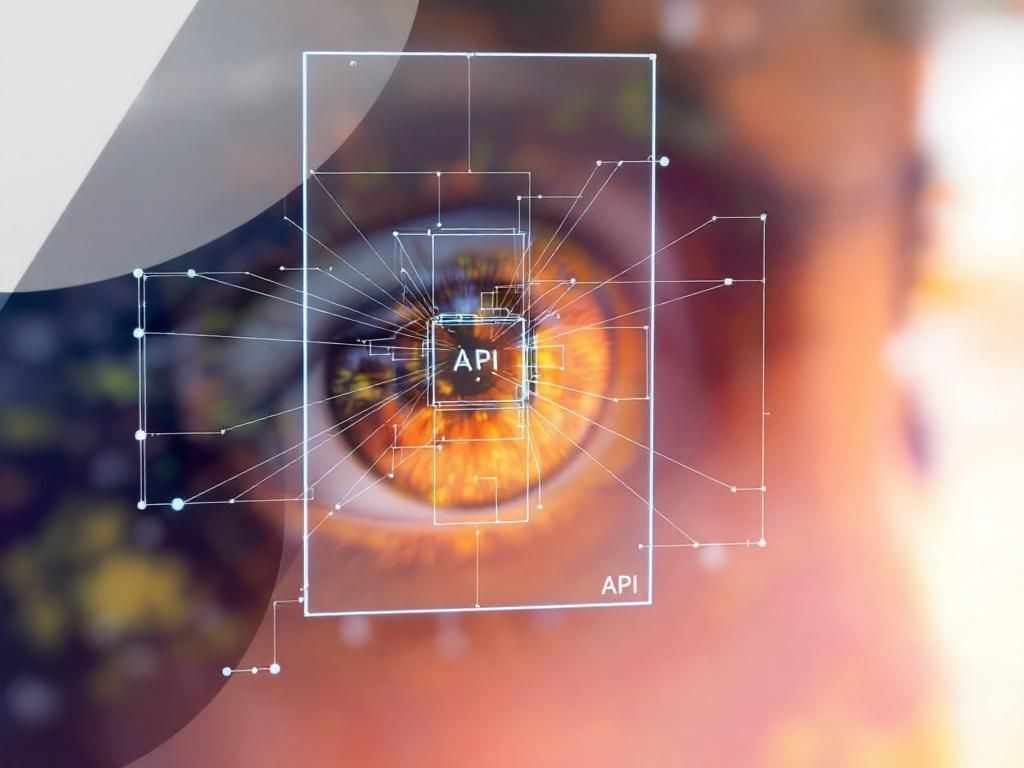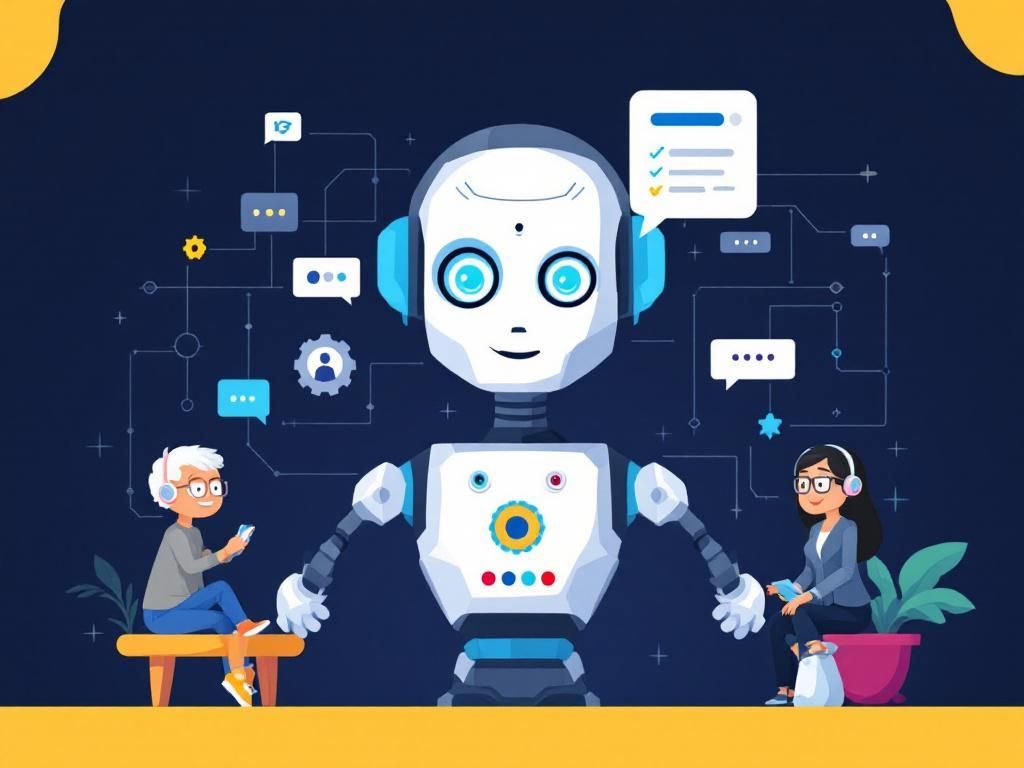In the realm of artificial intelligence and machine learning, object detection stands out as a critical application with an extensive range of uses. From autonomous vehicles navigating city streets to smart security cameras recognizing suspicious activity, the technology is profoundly reshaping how we interact with our environment. This article delves into the world of object detection, exploring its fundamentals, various approaches, and how APIs can be leveraged to harness its power efficiently.
Understanding Object Detection
Object detection is the process of identifying and localizing objects within images or video streams. Unlike simple classification, where the goal is only to identify what an image contains, object detection provides the additional information of where the object is located through bounding boxes. Here are the key components of object detection:
- Localization: Identifying the position of an object’s instance within the image.
- Classification: Determining the category to which the detected object belongs.
- Detection: Identifying multiple instances of objects within the same scene.
How Object Detection Works
The process of object detection generally involves several stages, each playing a vital role in achieving accurate results. These stages can be broadly categorized into the following:
1. Data Collection
The foundation of any machine learning model is the data it is trained on. For object detection, annotated images are crucial. Annotations typically consist of the class label and the coordinates of the bounding boxes. Common datasets used for object detection include:
| Dataset | Description | Use Cases |
|---|---|---|
| COCO | Common Objects in Context, containing over 330k images with labels for 80 object categories. | General object detection tasks |
| PASCAL VOC | A benchmark dataset for object detection and image segmentation consisting of 20 categories. | Academic research and competitions |
| Open Images | A dataset with over 9 million images annotated with labels spanning thousands of categories. | Large-scale object detection |
2. Preprocessing
Before feeding the images into a model, preprocessing steps are necessary to ensure the data is suitable for training. Common preprocessing techniques include:
- Rescaling the images to a uniform size.
- Normalizing pixel values.
- Data augmentation to create variations of the training samples.
3. Model Selection
Several architectures are popular in the object detection landscape, each with its strengths and weaknesses:
- YOLO (You Only Look Once): Real-time object detection with a single neural network.
- Faster R-CNN: Combines region proposal networks with convolutional networks for high accuracy.
- SSD (Single Shot MultiBox Detector): Balances speed and accuracy, making it ideal for real-time applications.
Leveraging APIs for Object Detection
For developers looking to integrate object detection into their applications, APIs provide a streamlined approach to access pre-trained models without delving deep into the technical details of neural networks. Here are some prominent APIs available for object detection:
1. Google Cloud Vision API
This API offers powerful image analysis capabilities, including object detection, face detection, and label detection. Its key features include:
- Supports a wide range of image formats.
- Utilizes machine learning models trained on large datasets.
- Offers easy integration with existing applications via RESTful APIs.
2. Amazon Rekognition
Amazon’s Rekognition service provides facial analysis, object detection, and activity recognition. Important aspects of this API include:
- Scalability for high-volume image processing.
- Real-time analysis with low latency.
- Integration with AWS services for enhanced capabilities.
3. Microsoft Azure Computer Vision
Part of the Azure suite, this API can extract information from images and identify objects efficiently. Its features include:
- Detailed image descriptions and tags.
- Optical character recognition (OCR) capabilities.
- Accessibility options for developers with various programming languages.
Building an Object Detection Application
To illustrate how to leverage these APIs, let’s walk through the steps of building a simple object detection application using the Google Cloud Vision API.
Step 1: Setting Up the Google Cloud Environment
- Sign in to Google Cloud Platform.
- Create a new project.
- Enable the Google Cloud Vision API for your project.
- Generate an API key for authentication.
Step 2: Writing the Application Code
Below is a sample code snippet in Python that demonstrates how to make a request to the Google Cloud Vision API:
import os
from google.cloud import vision
def detect_objects(image_path):
client = vision.ImageAnnotatorClient()
with open(image_path, 'rb') as image_file:
content = image_file.read()
image = vision.Image(content=content)
response = client.object_localization(image=image)
objects = response.localized_object_annotations
return objectsStep 3: Processing the Response
Once the request is processed, you can loop through the detected objects to extract and display relevant information:
def display_detected_objects(objects):
for object_ in objects:
print(f'Detected: {object_.name} with confidence: {object_.confidence}')
if response.error.message:
raise Exception(f'{response.error.message}')Step 4: Running the Application
After combining the code snippets, executing the application will return a list of detected objects with their classification scores based on the input image.
Challenges in Object Detection
Despite the advancements in object detection technologies, several challenges persist:
- Variability in Object Appearance: Changes in lighting, angle, and occlusion can significantly affect detection accuracy.
- Real-Time Processing: Achieving high accuracy and speed for real-time applications remains a challenge.
- Data Bias: Models trained on limited datasets may not generalize well to unseen data.
The Future of Object Detection
As technology continues to evolve, the future of object detection looks promising, with trends pointing toward:
- Increased integration of AI in various sectors, including healthcare, agriculture, and retail.
- Advancements in transfer learning to improve model performance with less data.
- Deployment of edge devices for processing data closer to the source, enhancing speed and efficiency.
In conclusion, object detection is an integral part of computer vision, enabling a vast array of applications that enhance automation and user experience. By leveraging powerful APIs, developers can easily integrate robust object detection capabilities into their applications, driving innovation across industries.
FAQ
What is object detection and how is it used?
Object detection is a computer vision task that involves identifying and locating objects within images or videos. It is widely used in applications such as autonomous vehicles, surveillance systems, and image retrieval.
How can APIs enhance object detection capabilities?
APIs can enhance object detection by providing access to advanced machine learning models, enabling developers to integrate object detection functionality into their applications without needing to build complex algorithms from scratch.
What are some popular APIs for object detection?
Some popular APIs for object detection include Google Cloud Vision API, Amazon Rekognition, and Microsoft Azure Computer Vision. These APIs offer pre-trained models that can quickly identify various objects in images.
Is it necessary to have machine learning expertise to use object detection APIs?
No, it is not necessary to have machine learning expertise to use object detection APIs. Most APIs come with user-friendly documentation and examples, making it accessible for developers of all skill levels.
What are the key benefits of using object detection APIs?
Key benefits of using object detection APIs include reduced development time, access to state-of-the-art models, scalability, and the ability to focus on application logic rather than complex machine learning frameworks.
Can object detection APIs be used in real-time applications?
Yes, many object detection APIs support real-time processing, allowing applications to detect and classify objects instantly in live video feeds or high-speed image streams.




